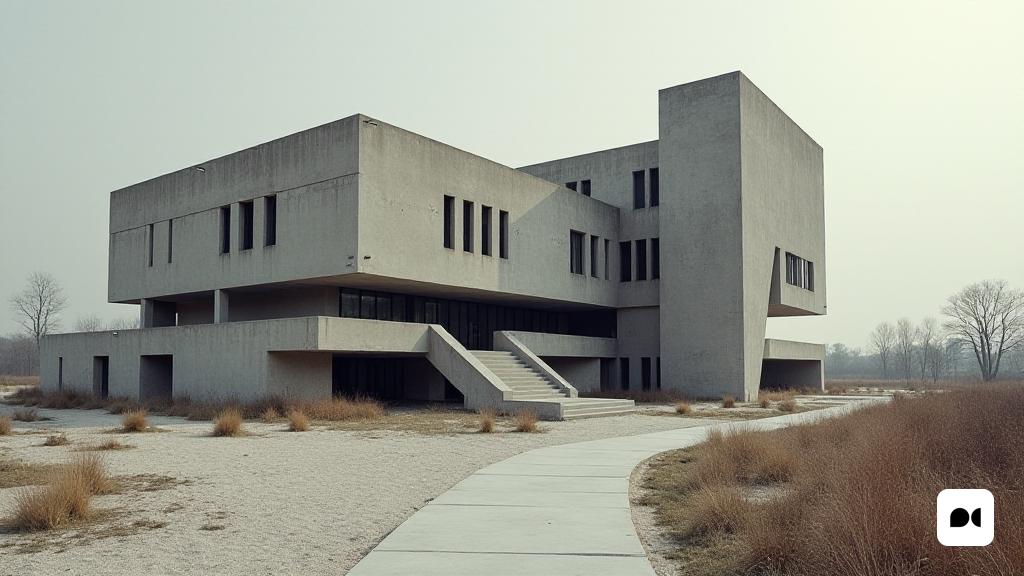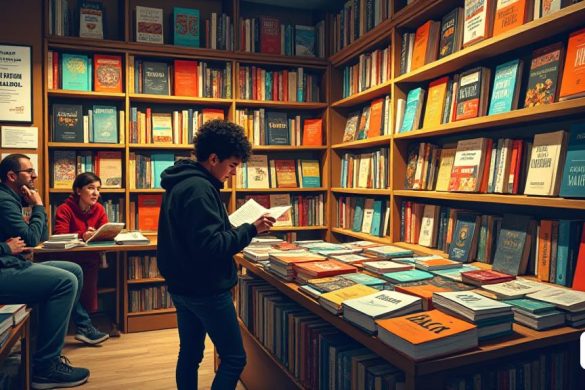The Importance of Destination in Design
In the world of architecture, a memorable line from The Brutalist stands out: “It’s the destination, not the journey, that really counts.” This idea, which closes a discussion about the legacy of a fictional architect who symbolizes a generation of creators who fled Nazism, makes us reflect on the power of structures and their impact on society.
Architecture as a Reflection of History
Buildings are material witnesses to a time and place, withstanding the criticisms of everyday life. Each architectural design is an invitation to look up, to recognize what has been built before and to consider what may come. In this sense, the buildings that surround us become destinations that inspire us to think about the paths taken by their creators.
The Need to Leave a Mark
The question that emerges is: why do we feel this urge to create and leave a mark? In the past, only a few had the opportunity to be recognized, but now, with the democratization of creative tools, every individual can contribute to the cultural landscape. Through social networks, every post, every photograph and every shared thought becomes a piece of personal art, a virtual edifice that aspires to be admired.
The New Era of Self-Representation
The Internet has radically changed the way we construct our identity. In a world where every action is documented, our lives can be transformed into digital biographies. The algorithms that analyze our interactions offer us a synthetic vision of who we are, as if they were the builders of a history that previously existed only in oral form.
Brutalism as Critical Reflection
The impression left by brutalist buildings can be confusing in an era dominated by minimalism. The film exploring this architectural style features a protagonist who seeks to reveal truth through raw materials. However, what he is really trying to communicate is the inherent brutality of industrial society and the need for reconciliation between the past and the present.
Communication between Generations
Beyond the visual impact, I wonder if my effort to integrate the past with the present will resonate with someone in the future. Perhaps my work, like a brutalist building, will not make an immediate impact, but it can generate a dialogue between souls who share the experience of reading. Like the spirits that inhabit ruins, the words we write can have a transformative power, changing the world in ways we cannot predict.




